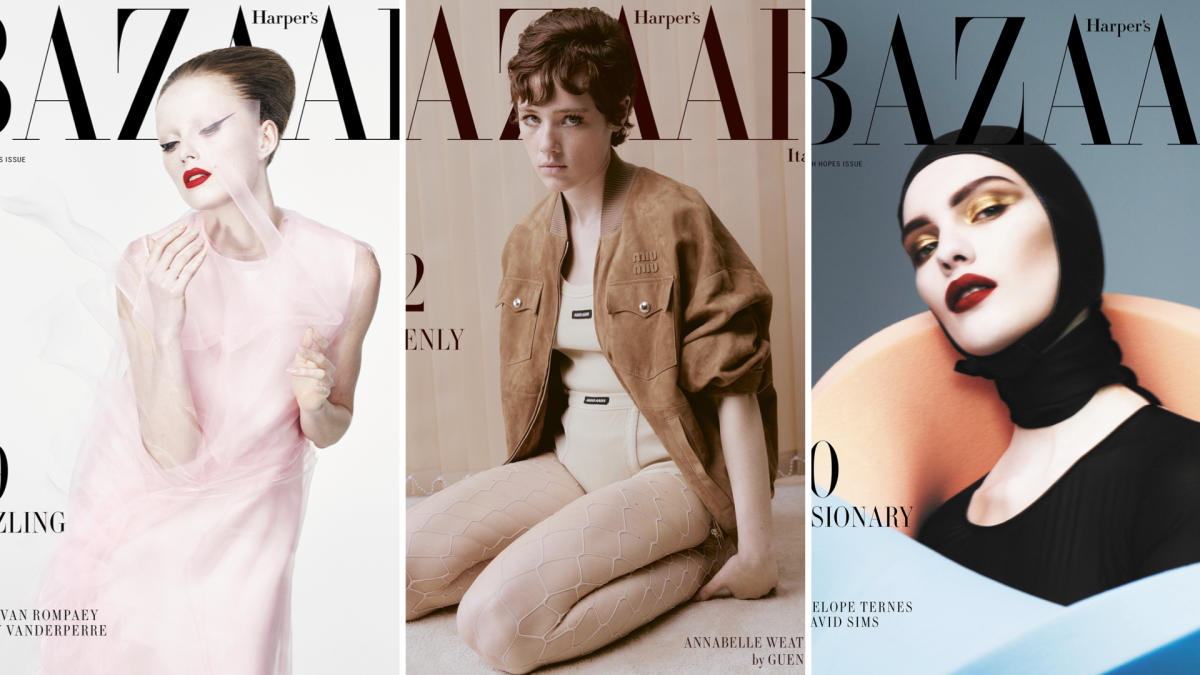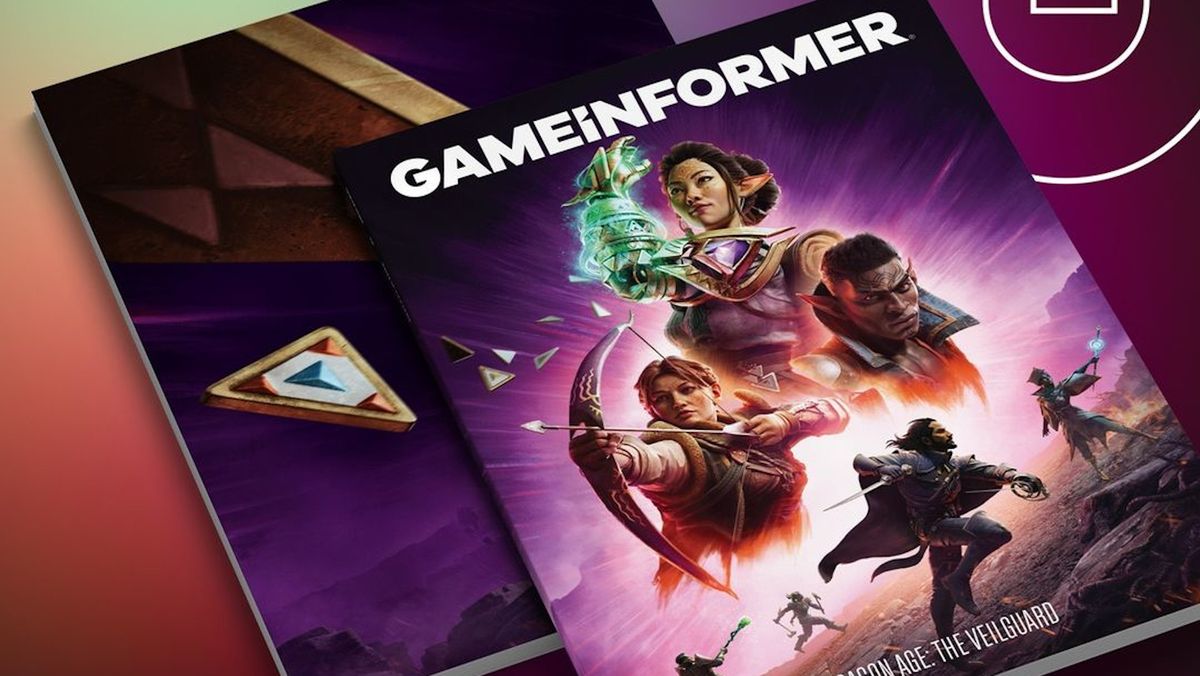What Condé Nast’s Embrace of AI Means for Fashion Media
The magazine publisher is licensing its content to OpenAI, even as other publishers sue the company. We’ll know soon enough which approach can provide a path forward for the media industry as the technology reshapes the internet.
Legacy media was slow to adapt to new technology but that is changing fast.
By
23 August 2024
BoF PROFESSIONAL
When it comes to artificial intelligence,
Condé Nast seems to be taking an “if you can’t beat ‘em, join ‘em” approach.
This week, the publisher announced it had inked a partnership with OpenAI, the Microsoft-backed company behind ChatGPT. Going forward, content from Condé Nast publications — including
Vogue, Vanity Fair and
GQ — will appear on OpenAI’s platforms, including ChatGPT and a prototype version of the forthcoming SearchGPT.
In a
memo announcing the partnership to Condé Nast staff, chief executive Roger Lynch wrote that it is a way to “make up for some of that revenue” that had been lost as tech companies “eroded publishers’ ability to monetise content.” He argued that in partnering with OpenAI, Condé Nast would be able to protect and invest in its journalism.
In some ways, Condé Nast is learning from past mistakes. Legacy media was slow to adapt to the internet, going back to the rise of Craiglist classified ads three decades ago. It’s only within the past decade that Condé Nast and its primary rival,
Hearst, began meaningfully investing in their titles’ websites. That delay cost publishers dearly. Tech giants like Meta and Google began syphoning away their ad dollars. Even as media properties tried to use social media and search to their advantage, tech companies have implemented rapidly-changing strategies (remember the “pivot to video”?) that further impacted their bottom line.
From the moment ChatGPT was released nearly two years ago, media watchers conjured up similar visions of AI-generated content replacing traditional journalism (not to mention traditional marketing, traditional social media and countless other fields). While the internet is now awash in robot-written articles, Instagram ads and tweets, much of that content is error-ridden clutter.
That is changing fast. Google’s AI overview scrapes text from a publication’s website and condenses it into a bite-sized summary that displays on their results page. Start-ups like Perplexity offer AI-generated search results that negate the need to ever click a link; they’ll soon to be joined by OpenAI’s SearchGPT. Publishers have already found it’s had a negative impact on their traffic.
Teaming up with OpenAI could help Condé Nast get ahead of the curve. Supporters would argue that AI isn’t going anywhere, it’s better to figure out how to use it for your advantage — and nab a share of the revenue pie — early on.
Critics, however, might argue, Condé Nast’s new partnership is akin to getting into bed with the devil; they see deals with AI search engines as the pivot to video of the 2020s. Notably,
The New York Times sued OpenAI for copyright infringement in December, arguing that the company used
Times articles to train its large language models without the paper’s consent. This spring, a group of eight daily newspapers owned by Alden Global Capital, which includes the
Chicago Tribune and the
New York Daily News, sued OpenAI and Microsoft for the same reason. The
Times case in particular promises to be a watershed moment for the future relationship between AI providers and media companies.
However, there is a middle ground between the routes taken by Condé Nast and
The New York Times. Also this week,
Axios reported that
The Washington Post was investing in developing AI tools for its journalists. Vineet Khosla, the
Post’s chief technology officer, said that the paper wanted to build these tools in-house because then they could create “a far superior product than just the general purpose stuff you get from Big Tech.” The idea being that the best way to outcompete AI is to offer quality journalism that can’t be found in an auto-summarised result spit out by SearchGPT or Perplexity. It’s safe to assume Condé Nast and the
Times are exploring ways to use AI as well, even as they embrace or pick public fights with the technology’s leading names, respectively.
Over the next few years, the question of what to do about AI will demand answers. The best ones will be able to figure out how to use it to their advantage — but the jury’s still out on what that looks like.
Source: Bof
www.yahoo.com


